For the past week, we’ve put a spotlight on our world’s waterways to celebrate International Day of Action for Rivers. Threatened by dams and pollution, we have a responsibility to protect our rivers. Here are just a few of our recent blogs that capture, in various ways, why it’s crucial that we protect our rivers from destructive projects.
Thirty Years of Resistance: Stopping the Kaeng Sua Ten Dam on the Yom River
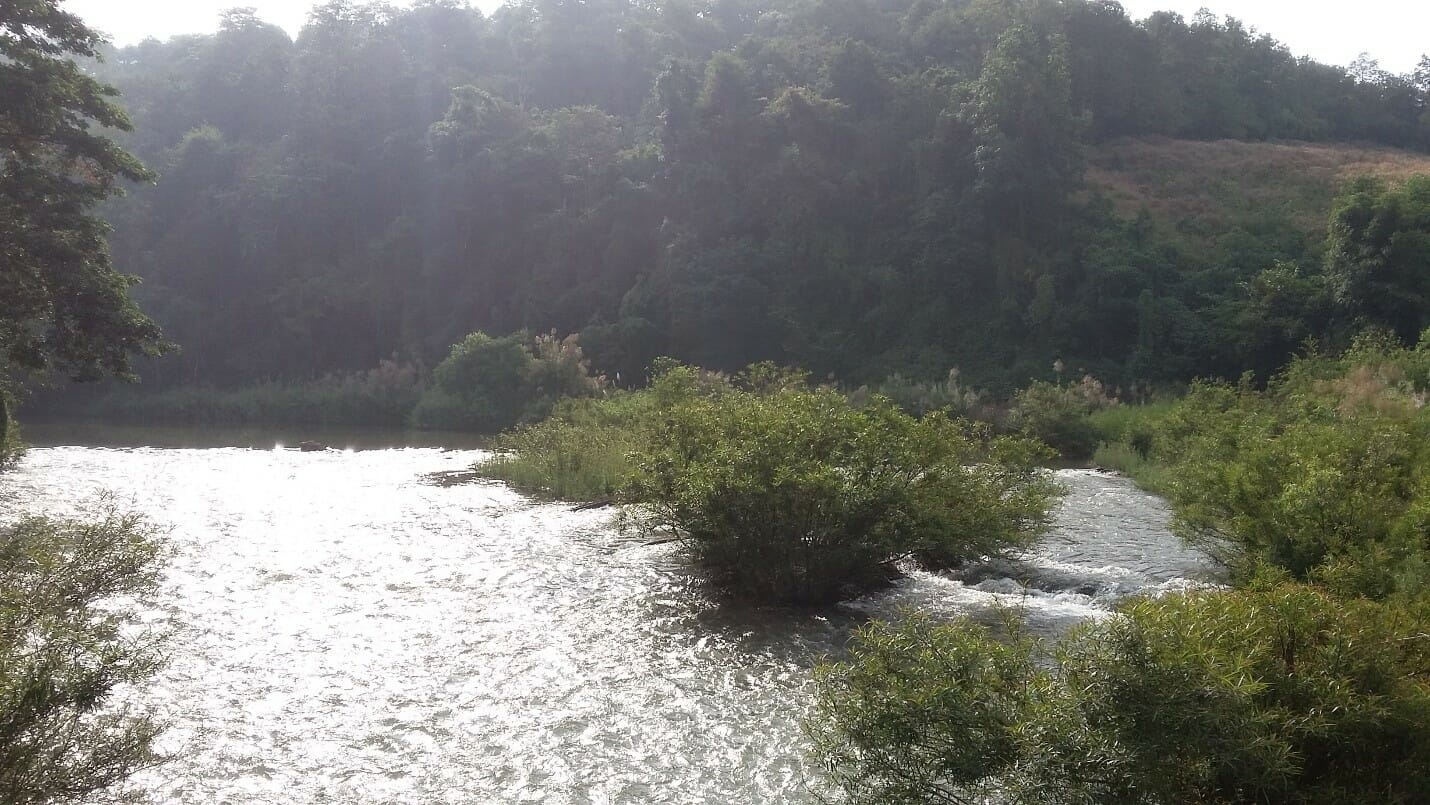
The free-flowing Yom River near Don Chai village in Phrae Province, Thailand. (Photo by Chanh)
The golden teak forest in the Don Chai village, the Yom River, and the spirits they believe in give the community strength, unity, and inspire them to fight against the dams. They write on the walls of their house and their fence that they are not going to move. And their spirit of fighting against the dam project will never die.
Read more.
From the Amazon to the Mekong: Celebrating Rivers for World Rivers Day
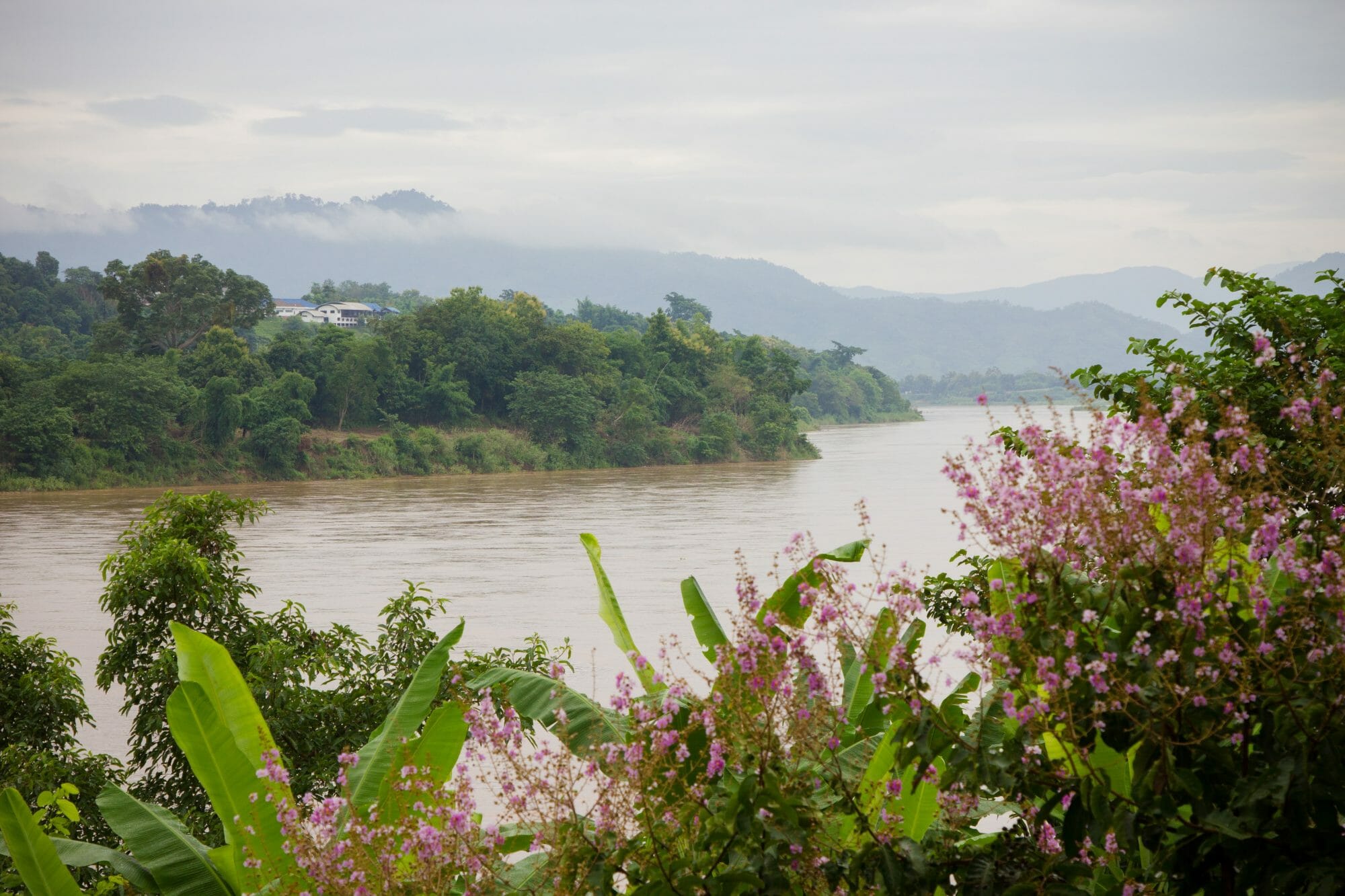
The Mekong River from Chiang Khong village in Thailand.
From the Amazon to the Mekong, our rivers are threatened by hydro-power, pollution, and contamination. Mega-projects like dams often fail to properly mitigate environmental impacts or maximise opportunities for community-driven development, and these communities are occasionally forced to resettle, risking their livelihoods. Corporations often capture the benefits of these development projects, while the environmental and human rights repercussions are felt by many on the ground. It’s crucial that we challenge corporate interests and continue to respect and protect our rivers.
Read more.
Salween River Youth Ask: Must We Bear the Burden for Development?

Youth from diverse communities on both sides of the Salween River on the Myanmar-Thai border came to Tha Ta Fang village in Thailand to learn about dam projects and local ecosystems.
The participants at the camp learned about ecosystems along in the Salween River through exchanges with one another. They divided into groups to explore topics related to ecosystems in the Salween River.
“When I hear about dam projects, I feel like they are an injustice to us. They can’t just declare that we must move and leave our homes – that we must sacrifice for the majority just because we are ethnic minorities. It’s not right. That’s why I need to think: what can we do? How can we fight to stop the dams?” La Hu Toh, 20 years old, from Tha Ta Fang village
Read more.
Dream of a Youth in Tha Ta Fang Village: “I Hope They Won’t Build Any Dams Along the Salween River”
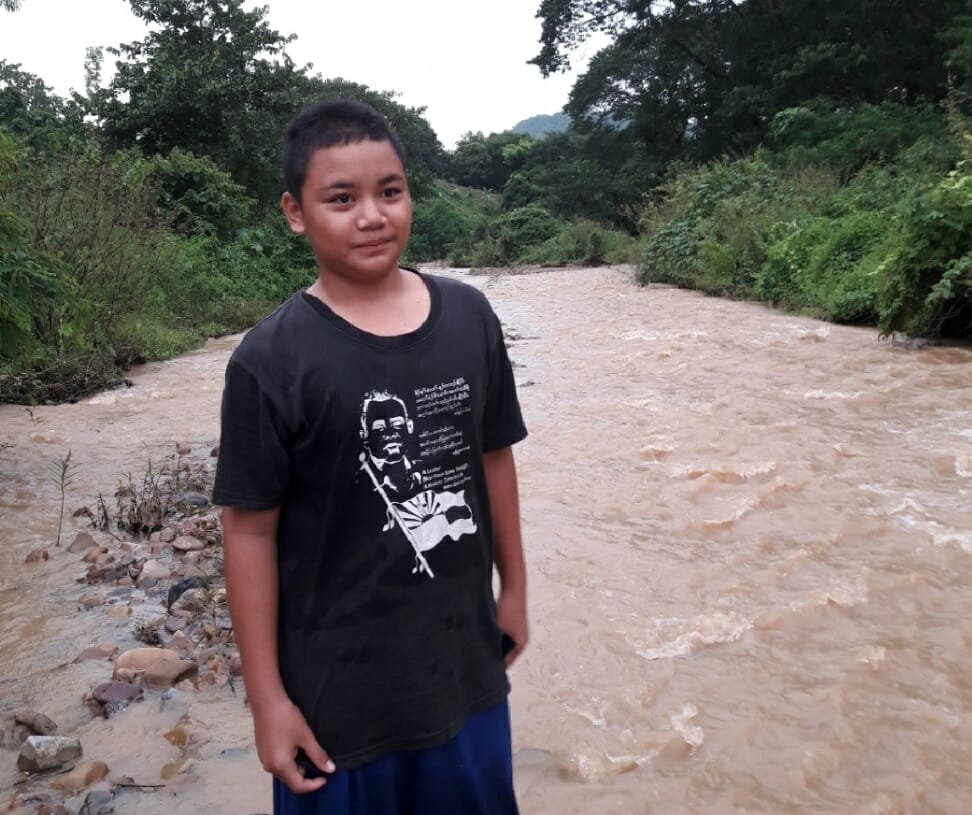
Chi La So on the stream that goes through Tha Ta Fang village.
At school, Chi La So learned about environmental protection through outdoor activities: planting trees in the forest and vegetables on the river bank, going fishing in the Salween River and a small stream in his village, and collecting trash in the community. He really loves to go fishing with his friends in the Salween River. Sometimes he can catch really big fishes. Just four days before I met him, he caught an eight-kilogram fish and he was really happy.
Chi La So heard from his parents and villagers about the proposed Hatgyi dam and how it could affect his village. He’s afraid that there would be no more fish for people in his village. His village would be flooded and have to move to another place to live and Tha Ta Fang would disappear.
“I’m scared of the dam. I don’t want to change anything. I love the Salween River and I love the forest,” he said.
Read more.
Earth Rights Lawyers from the Mekong and Amazon River Basins Convene to Strategize
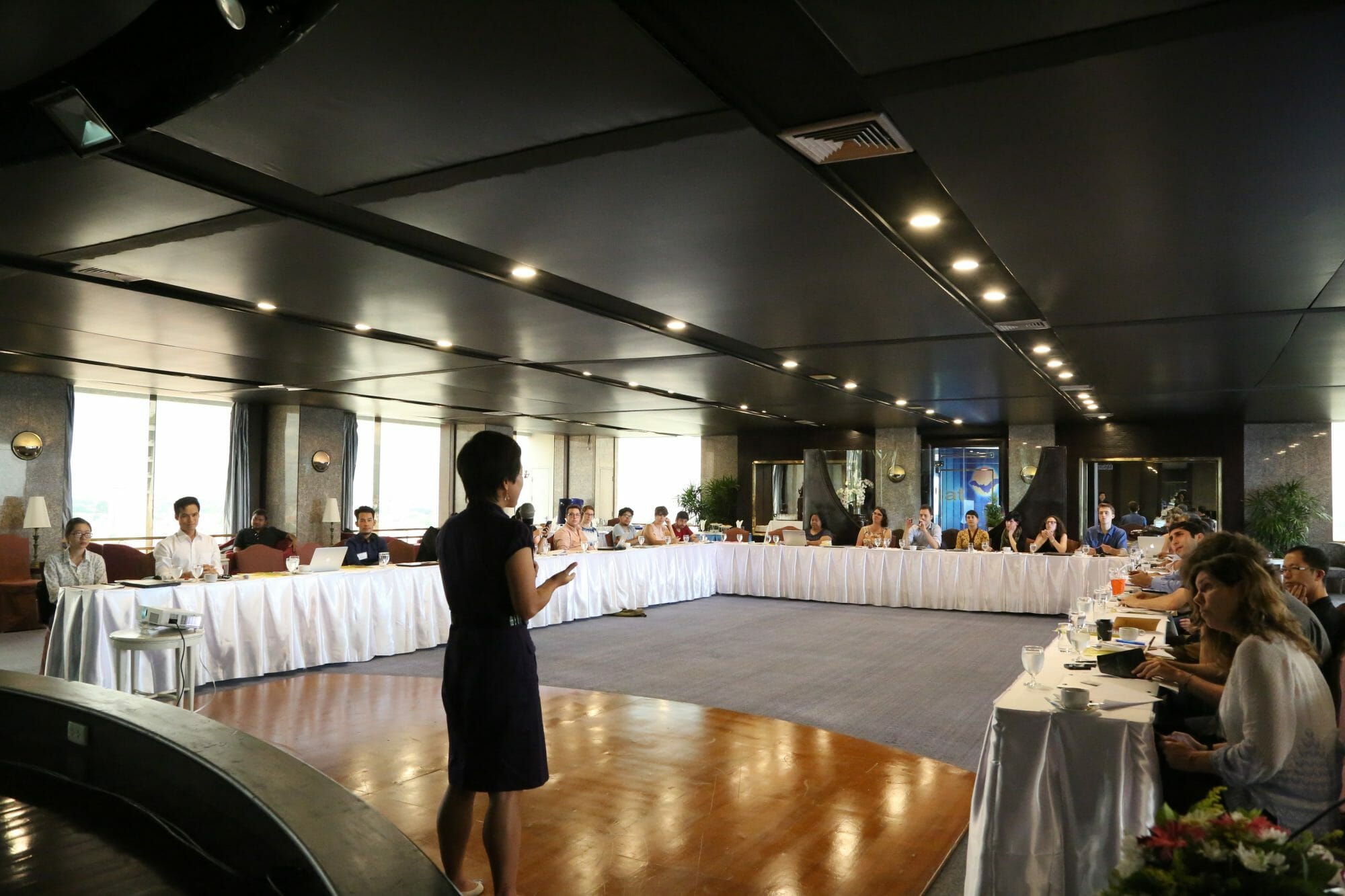
Participants listen to a presentation during the MLN meeting in Chiang Mai, Thailand.
At last year’s annual Mekong Legal Network (MLN) meeting, advocates from 10 countries came together to engage with project developers and investors, use international justice mechanisms, push for stronger implementation of environmental laws, and fight to protect earth rights defenders from persecution. MLN lawyers bring deep expertise in a wide variety of strategies, depending on their local context and political space. This time, MLN members were joined by lawyers from the Amazon region, as they strategized around legal advocacy to support communities standing up against hydropower dams in the Mekong and Amazon basins.
Read more.
Is Hydropower Really That Green?
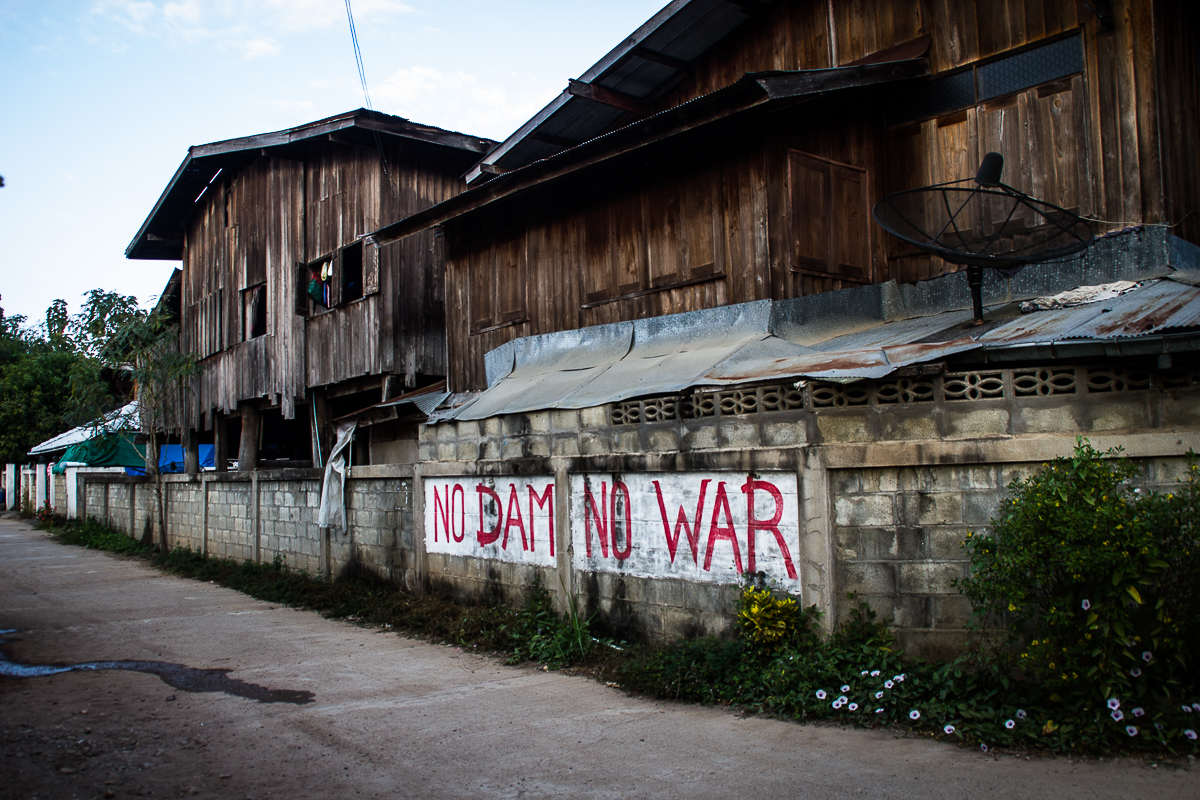
Graffiti in Sa-iab Village. Every house has signs that say things like “We will fight and die here.” Kaeng Sua Ten is well known for protesting by making effigies of politicians who support the construction of the dam. It is believed that through a spirit medium they can curse the politicians until they fall ill and die.
Despite hydropower’s history, it can sound like today’s debate around hydropower is settled: many people think it is unquestionably the clean energy solution—renewable, scalable and storable. At the World Hydropower Conference last summer, it seemed that development and environmental organizations were united in support of this vision and previous opponents of dams began touting their benefits. The United Nations Green Climate Fund committed $136 million to fund two dams. One is in the Solomon Islands, a nation highly vulnerable to climate change.
But this conversation has to dig deeper: into what a hydropower project will mean for the communities up and downstream of a dam, and into whether hydropower dams are really as climate-friendly as people like to think.
Read more.






